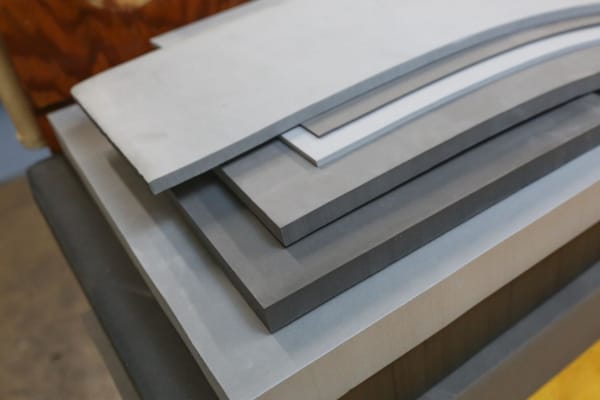Closed Cell Foam vs. Open Cell Foam: What’s the Difference
Knowing the difference between open-cell foam and closed-cell foam is important to making the right choice for your home, business or industrial needs. The pros at FoamOrder offer this quick guide to closed-cell foam vs. open-cell foam.
What’s the difference between open-cell foam and closed-cell foam? It’s all in the name. Open-cell foam has open, interconnected cells (or, spaces) that absorb water and other substances. Denser closed-cell foam has closed (or squished together) cells, which seals out water, air and more.



